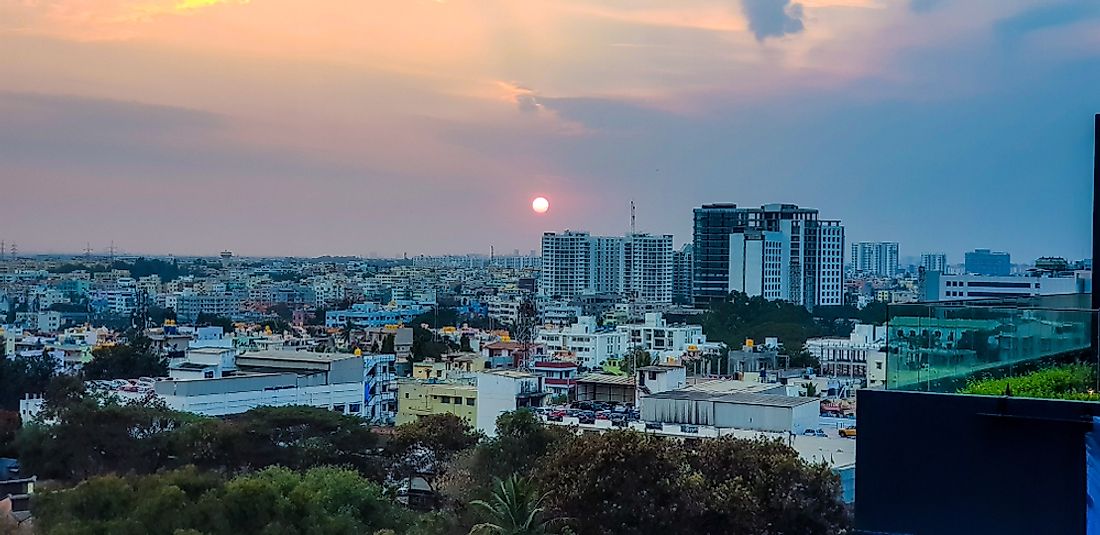Where Is The Headquarters Of the ISRO?

The Indian Space Research Organisation (ISRO) is India's national space agency. It is headquartered in Bengaluru, within the southwestern state of Karnataka. The organisation was established in 1969 to advance the country’s space technology, research, and exploration, and now has a network of Space Application Centres across India. For instance, Ahmedabad Space Application Center develops payloads and sensors, U R Rao Satellite Center designs, develops, assembles, and tests satellites, Vikram Sarabhai Space Center develops launch vehicles, and Satish Dhawan Space Center (SDSC) is the launching site.
Indian National Committee for Space Research
The predecessor of the ISRO was the Indian National Committee for Space Research (INCOSPAR), which was established in 1962 by Dr. Vikram Sarabhai to develop the country's space program, and took the over the space research responsibilities previously held by the Department of Atomic Energy (DAE). Dr. Homi Bhabha, who was director of the DAE, played an instrumental role in establishing the INCOSPAR, and the organisation established the Thumba Equatorial Rocket Launching Station (TERLS) in southern India. Former President of India, Dr. Abdul Kalam, was among the founding team of rocket engineers who established INCOSPAR. The Indian National Committee for Space Research was later replaced by the Indian Space Research Organisation in 1969.
India's First Satellite
On April 19, 1975, the ISRO's first satellite, Aryabhata, was launched by the Soviet Union. On July 18th, 1980, the Rohini satellite was the first to be placed in orbit by a launch vehicle made in India. Over the years, the ISRO has launched numerous space programs, including the Indian National Satellite (INSAT), which is used in meteorology, television broadcasting, telecommunication, remote sensing, and disaster warning systems.
Incubation Center
The ISRO launched Space Technology Incubation Centers (S-TIC) in collaboration with top universities in India to incubate new startups that will create products and applications compatible with the industry, and which could be used for future space missions. The S-TIC brings together the ISRO, academia, and the space industry to work under a single umbrella to contribute expertise and knowledge for research and development in India's space program. The S-TIC is based at the National Institute of Technology in Tiruchirappalli, serving the southern p
art of India, the National Institute of Technology in Jalandhar, which serves the northern part of India, and the National Institute of Technology in Agartala, which serves the eastern part of the country.
Future Plans
The ISRO plans to launch several satellites to observe Earth, to develop new launch vehicles, to launch a space station, human-crewed orbital spacecraft (Gaganyaan), and space probes to Venus and Mars. The NASA-ISRO Synthetic Aperture Radar (NISAR) is a joint mission project between ISRO and the National Aeronautics and Space Administration (NASA), which is the space agency of the United States government. The satellite is anticipated to launch in 2022, and has an estimated total cost of $1.5 billion. NISAR is expected to be the most expensive Earth-imaging satellite in the world, and will utilize the most advanced radar imaging to create the most detailed information about Earth. The NISAR satellite is expected to image the Earth's entire landmass and ice mass about four to six times each month, with resolutions of up to five to ten meters.











